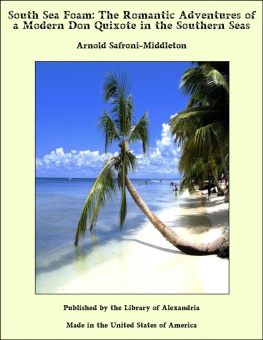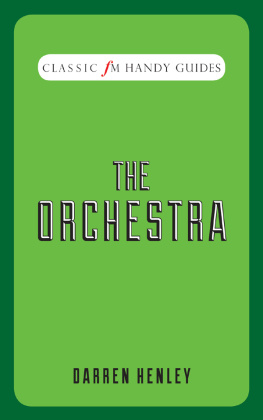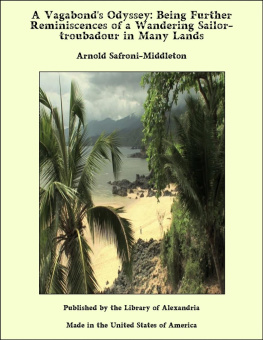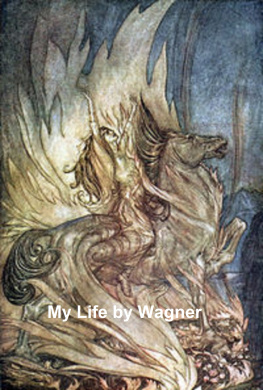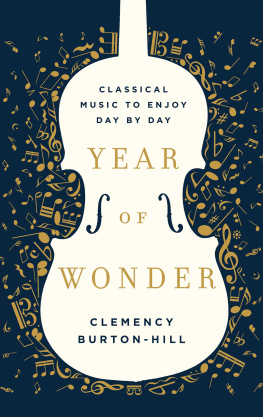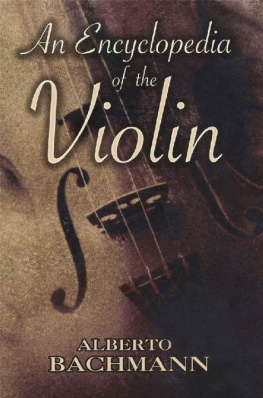The cover image was created by the transcriber and is placed in the public domain.
PREFACE
THOUGH the adventures recorded in this book may set up the impression that I am a kind of Don Quixote of the South Seas, I do not claim to have sought to redress wrongs done to beauteous dusky maidens. It was the ardent, adventurous spirit of youth that brought me to the side of such original characters as Fae Fae, Soogy, and Fanga, and gave me the charming friendship of those pagan chiefs who have inspired me to write this book. It is possible that many stay-at-homes will think I have romanced, will think it incredible that such characters as I have attempted to portray really existed. Well, all I can say is, that my greatest literary effort in the following pages has been to keep to the truth of the whole matter, even though such frankness should leave me, at the end of this volume, with a blackened name.
As I have introduced several Polynesian legends and myths in this book, I would like to make a few remarks with reference thereto. In recording my memories of Island folk-lore I have to use, of course, my own order of intelligenceas compared with that of the wild people who told the storieswhen I attempt to recreate the legendary lore, the poetry, and the loveliness of the natural world as it must have appeared to the imagination of primitive minds believing in them. In doing this I merely accept the inevitable transmutation which all legends and myths of primitive peoples must undergo when written down.
Myths in their earliest stage were the poetic babblings of the children of nature. It is certain that folk-lore which comes to us in written form has been subjected to obvious transformation. All creation-myths and subtle moving legends that are representative of human passions and yearning, be they from the lore of the ancient Finns, Hindoos, Babylonians, Japanese, Egyptians, or Greeks, have been completely transformed before they reached us. Legends are told, retold, and embellished in accordance with the storytellers notion of what seems compatible with and faithful to primitive conceptions, until, out of the imaginative fires of a dozen or so narrators, we get the poetic picture which the primitive mind probably conceived, but was unable to express. There is little doubt, I imagine, that, if it were possible to trace our great epic poems to their remote original sources, we should find them based on simple poetic superstition which had its origin in the minds of the lowest tribes of primitive man. Thus, through the influence of mind on mind, the worlds great epic, when compared to that far-off original, will resemble it as much as the nightingales egg of this summer will resemble the full-fledged birds midnight-song to next years moon.
So much would I say for my method in writing my reminiscences of heathen fairy-land. As for idol-worship, I have written about it just as OHara and I saw it with our own eyes, distinct and solid as are the biblical images of stone in the churches of our own sacred creed.
I make no attempt to trace outside influences on the mythologies of Island creeds; indeed, no influences can be traced. The only influence I was aware of, or ever heard discussed, was this, that with the advent of the missionary, Island mythology and heathen legends were sponged off the map of existence. The missionaries, naturally enough, could see no use in preserving legendary creeds founded on idol-worship and sacrificial cannibalism, and all that was certainly not the correct thing in a world where morals and manners differ so greatly from our own. In this way, both the old legends and the crude, primitive conceptions of religious worship have long since been swept away, and sometimes also the tribes that cherished these crude ideas were swept away with their creeds.
Islands that twenty years ago had populations numbering many thousand, to-day have a scattered population of a hundred or so. The blue-blooded Marquesan tribes have been wiped out. The survivors are so mixed in blood that they do not seem the children of their fathers. So rapid has been the change that many old chiefs are still living who recall the days when the voices of the winds and mountains were mutterings of the mighty gods of shadowland. Born under the influences of new conditions, the natives of to-day do not look back beyond the lotu times. Their imaginations are steeped in the atmosphere of the biblical stories they learn in the mission-room. Having a sense of shame for the sins of their fathers, they deny even the far-off wonders of the tapu-groves. In these tapu-groves, and beneath the sacred banyan trees, there once stood the heathen temples (mareas), the dwelling-places of those terrible priests who, empowered by superstitious reverence, officiated at the sacrificial altars. These priests were more powerful in their profession than cannibal chiefs or heathen kings. Looking at the ruins of the altars overgrown with weeds, it seems incredible that human hands were once lifted in supplication to relentless captors before they were sacrificed to the bigotry of heathen gospel. It forces upon us the similarity of their fate and that of our old English martyrs. In the forest, hard by, slept the deadthe dead who were the strange, wild peoples that once made every shadow a lurking god, their superstitious eyes seeing the starlit forests height as some mighty dark-branched brain of a heathen deitys glittering thoughts.
The Polynesians believed that their great ancestors were metamorphosed into stars; in this belief there is something of the Egyptian and Hellenic touch. There are many star-legends concerning the origin of the conspicuous constellations of their lovely skies, legends that strangely resemble those of Greek mythology. As Circ turned Odysseus comrades into swine, so did the heathen goddesses turn Samoan warriors into crabs, snakes, and cuttle-fish. Travellers have often been struck by this resemblance in South-Sea mythology to the folk-lore of the western world. The resemblance, I think, is easy enough to understand, for Man is man wherever one goes in this wide world. Be he black, tawny, or white, his innermost hopes and aspirations are much the same.
The South-Sea savage gazed with the same wondering eyes of hope on the travelling sun, moon, and stars. To his childlike mind they were the movements of his mighty deities and ancestors. He too peopled the visible universe with gods and goddesses, as did the ancient Greeks; the phenomena of nature impressed his mind in much the same way as it has impressed mankind from the remotest ages. The same kind of sorrow dwelt in the hearts of those old-time savages when they gazed on the dead child in the forest. The sunsets blew the silent bugles of mysterious hues along their horizons, touching their lovely skylines with unheard but visible melodies over the briefness of all living things. They too crept out of their forests long ages ago, and stared with wonder on the rainbow that shone over their empurpled seas. Those old rainbows, sunsets, and stars left the first etherealized impressions of beauty in the heart of primeval Man the world over. And those old rainbows, sunsets, and stars still exist, are shining to-day in Mans imagination, in all those longings for the beautiful that we call Strivings after Art. Thus there is a strong link, a twinship between us and those past savage races. Their old symbols of the stars, drifting clouds, fading sunsets, and moons that once hung in the wide galleries of their heaven still exist in all our poetic conceptions of that which is wild and beautiful. Through the alchemy of mans transmuting mind, the wonders of that old world are represented in all that is highest in our Art; the very landscape-painting that hangs on our homestead walls to-day faintly expresses the poetic light that once sparkled in the eyes of those who lived when the world dreamed in its savage childhood. The music

